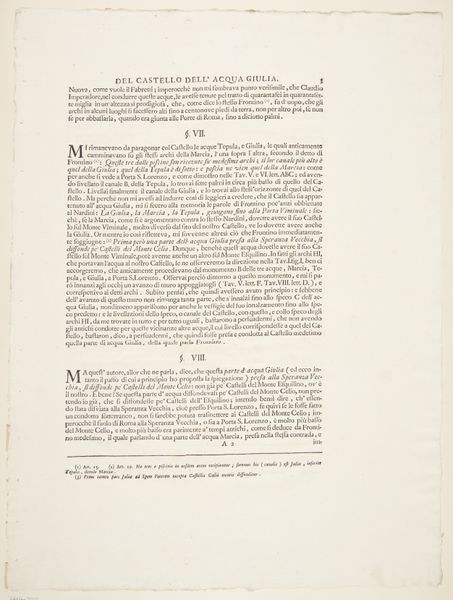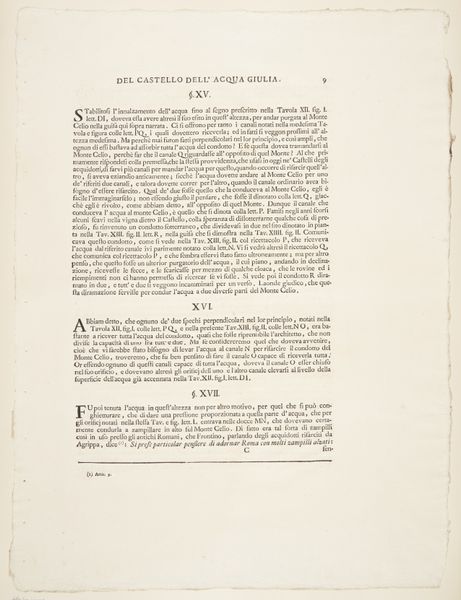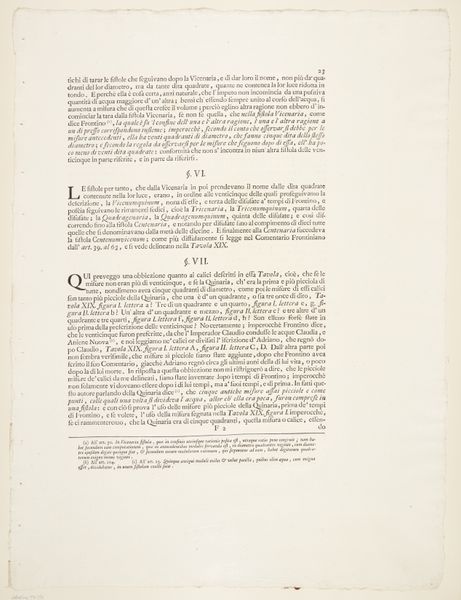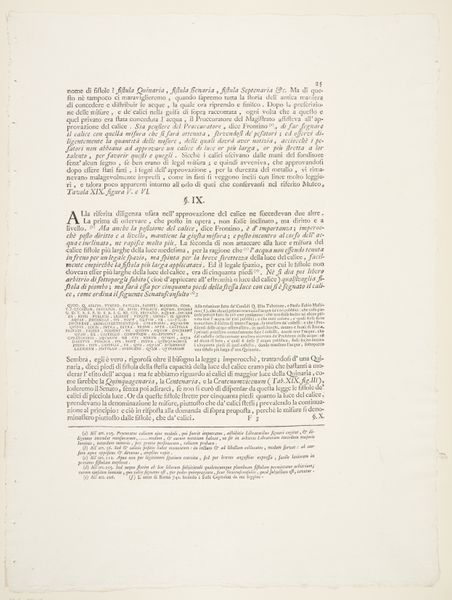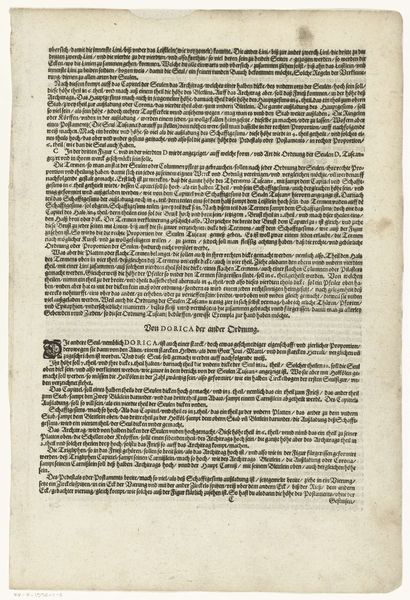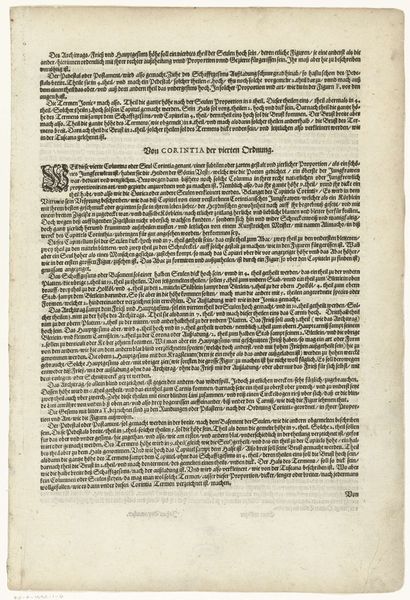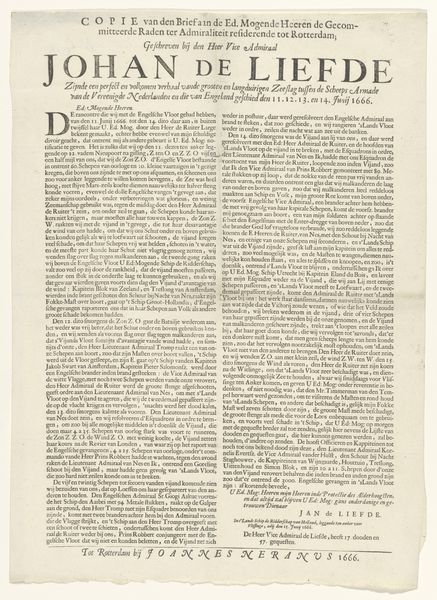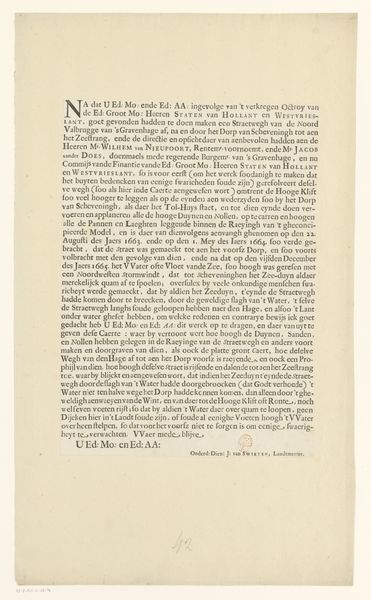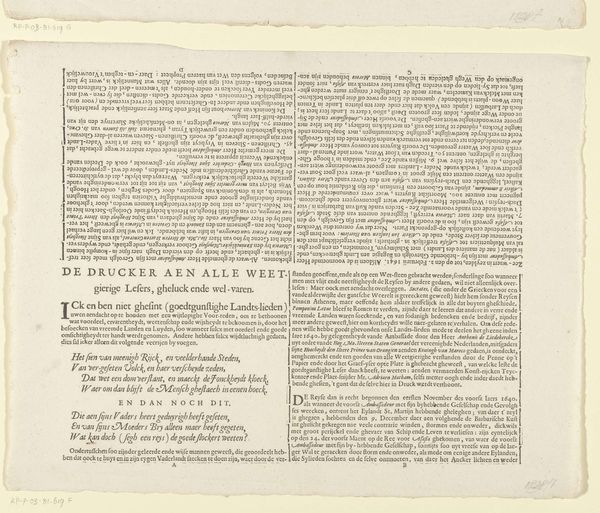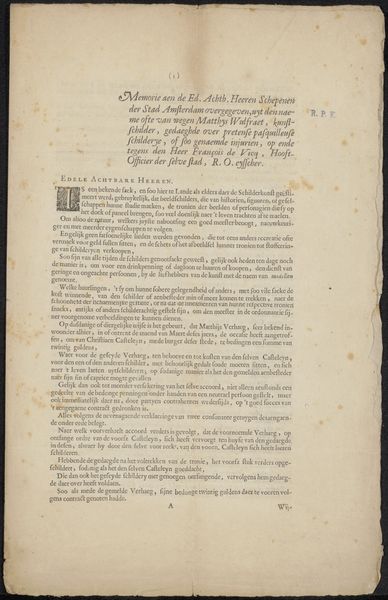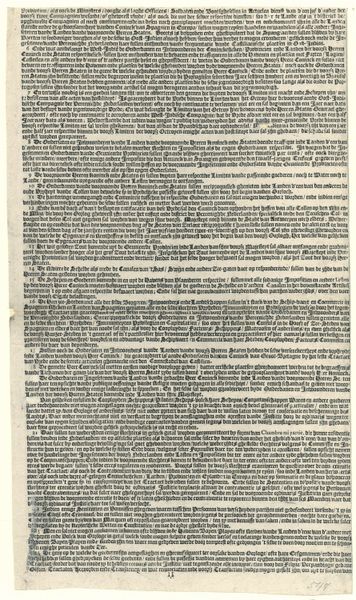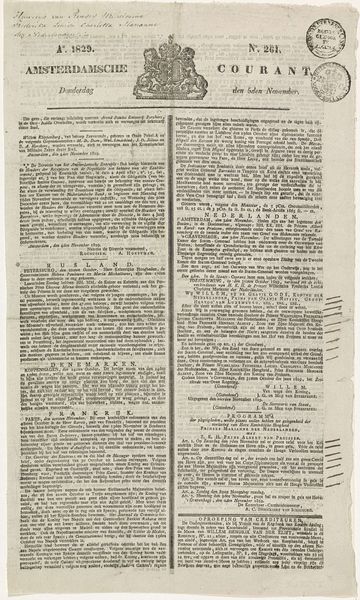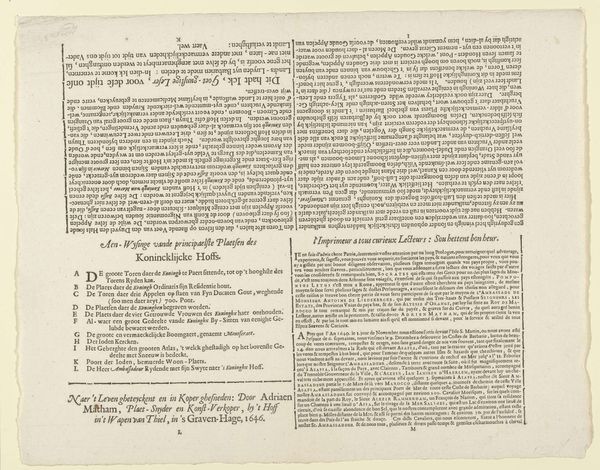
Concerning the Fountainhead of the Acqua Giulia. Text sheet 1761
0:00
0:00
graphic-art, print, paper, engraving
#
graphic-art
#
neoclacissism
# print
#
paper
#
engraving
Dimensions: 593 mm (height) x 445 mm (width) (bladmaal)
Editor: This is "Concerning the Fountainhead of the Acqua Giulia. Text sheet," a 1761 engraving by Giovanni Battista Piranesi, held at the Statens Museum for Kunst. My initial reaction is a sense of being overwhelmed by text, but there’s also a certain classical beauty to the layout. What symbols and historical associations come to mind when you see this? Curator: The overwhelming amount of text is precisely the point! Look closer, and you’ll begin to appreciate that Piranesi isn't just presenting an architectural treatise, but constructing a narrative, a layered history. This dense etching is a potent symbol of the weight of Roman history itself, right? Consider the Acqua Giulia—an aqueduct. Editor: So, the aqueduct is a symbol? What does it symbolize in this context? Curator: Absolutely. The aqueduct here embodies not only Roman engineering prowess, but also civic responsibility, public good. It reminds the viewer of Rome’s advanced social structures. Do you see how Piranesi's almost obsessive documentation evokes both admiration for the past and perhaps, a commentary on its fragmented state in his present? The lettering itself could be considered symbolic of order. Editor: That’s interesting – I hadn’t thought about the lettering as a symbolic element. Is there also some cultural critique or historical context layered in? Curator: Definitely! This text advocates for restoring public works, not for pure art, which represents a specific period where history influenced the shaping of national and cultural identities, informed by neoclassicism and early notions of civic identity. Editor: So, this isn’t just an objective description of an aqueduct, but a visually powerful and opinionated cultural artifact! It gives a modern sense to those Roman civic needs. Curator: Precisely. An attempt to resurrect both the physical structures and the underlying social ideals of the Roman past, for its day, still valuable now.
Comments
No comments
Be the first to comment and join the conversation on the ultimate creative platform.
